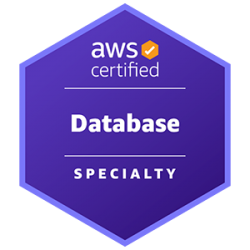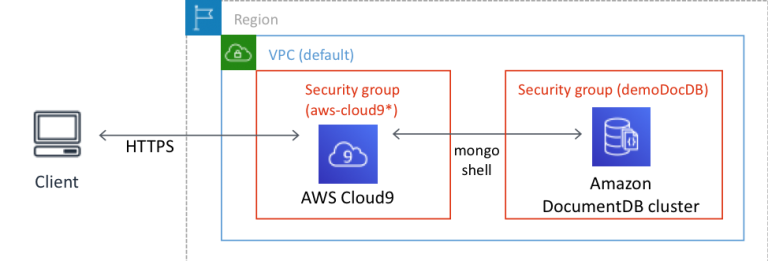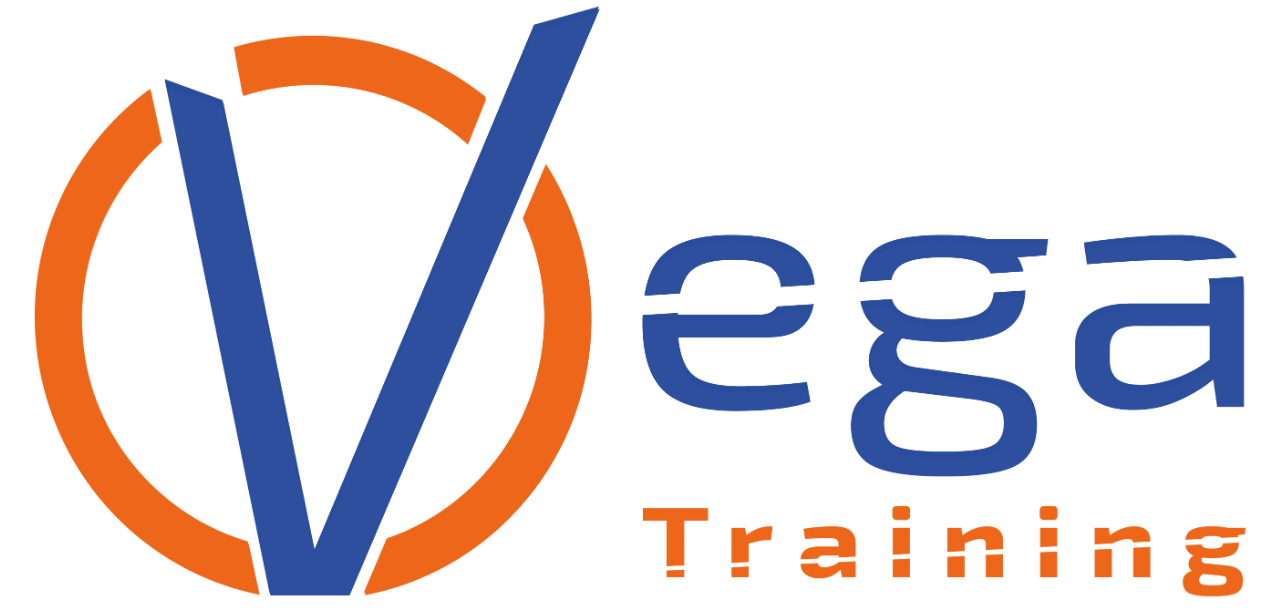Obiettivi | Certificazione | Contenuti | Tipologia | Prerequisiti | Durata e Frequenza | Docenti | Modalità di Iscrizione | Calendario

Il Corso Planning and Designing Databases on AWS (DBDBAW) è progettato per aiutare i professionisti IT, i database administrator a pianificare, progettare e implementare soluzioni di database efficienti e scalabili utilizzando Amazon Web Services. Durante il corso, i partecipanti impareranno a sfruttare i servizi e le funzionalità di AWS per creare soluzioni di database sicure, ad alte prestazioni e adatte alle esigenze delle loro applicazioni.
Uno degli obiettivi principali del corso è fornire ai partecipanti una solida comprensione delle diverse opzioni di database disponibili su AWS, come Amazon RDS, Amazon DynamoDB, Amazon Aurora e Amazon Redshift. Impareranno a valutare le esigenze delle loro applicazioni e a selezionare il servizio di database più appropriato in base a fattori come la scalabilità, le prestazioni, la sicurezza e la disponibilità.
Il corso si concentra anche sulla progettazione e l’implementazione di soluzioni di storage efficienti e sicure utilizzando i servizi di storage di AWS. I partecipanti impareranno a progettare schemi di database ottimizzati per le prestazioni e la scalabilità e a implementare strategie di backup e ripristino per proteggere i dati e garantire la continuità operativa.
Un altro obiettivo importante del corso è l’ottimizzazione delle prestazioni e la gestione delle risorse di database. I partecipanti apprenderanno come monitorare e ottimizzare le prestazioni del database, gestire gli indici, le query e le risorse per garantire che le loro soluzioni di database siano efficienti e affidabili.
Infine, il corso copre le best practice per la sicurezza e la conformità nel progettare e gestire soluzioni di database su AWS. I partecipanti impareranno a implementare e configurare funzionalità di sicurezza come l’autenticazione, l’autorizzazione, il monitoraggio e la crittografia dei dati per proteggere le informazioni e garantire la conformità alle normative applicabili. Il corso prepara i partecipanti all’esame per la Certificazione AWS Certified Database – Specialty.
Contattaci ora per ricevere tutti i dettagli e per richiedere, senza alcun impegno, di parlare direttamente con uno dei nostri Docenti (Clicca qui)
oppure chiamaci subito al nostro Numero Verde (800-177596)
Obiettivi del corso
Di seguito una sintesi degli obiettivi principali del corso Corso Planning and Designing Databases on AWS (DBDBAW):
- Fornire una comprensione approfondita delle diverse opzioni di database disponibili su AWS, tra cui Amazon RDS, Amazon DynamoDB, Amazon Aurora e Amazon Redshift.
- Guidare nella selezione del servizio di database più appropriato, valutando le esigenze delle applicazioni in termini di scalabilità, prestazioni, sicurezza e disponibilità.
- Progettare e implementare soluzioni di storage efficienti e sicure utilizzando i servizi di storage di AWS, e implementare strategie di backup e ripristino per proteggere i dati.
- Ottimizzare le prestazioni e gestire le risorse di database, monitorando e ottimizzando le prestazioni del database e gestendo indici, query e risorse.
- Coprire le best practice per la sicurezza e la conformità, implementando e configurando funzionalità di sicurezza come autenticazione, autorizzazione, monitoraggio e crittografia dei dati.
Certificazione del corso
Esame AWS Certified Database – Specialty;
L’esame di certificazione AWS Certified Database – Specialty (DBS-C01) è progettato per valutare le competenze avanzate dei candidati nella progettazione, gestione e manutenzione di soluzioni di database su AWS. L’esame copre tematiche come la scelta del database appropriato, la migrazione di dati, la sicurezza, le prestazioni e l’ottimizzazione dei costi dei servizi di database AWS.
L’obiettivo principale è garantire che i candidati dimostrino una conoscenza approfondita delle best practice e delle soluzioni avanzate AWS per gestire soluzioni di database scalabili e ad alte prestazioni. Durante l’esame, i candidati affronteranno argomenti quali l’implementazione di soluzioni di disaster recovery, l’ottimizzazione delle prestazioni delle query e la gestione della conformità normativa.
Contenuti del corso
Module 1: AWS Purpose-Built Databases
- Discussing well-architected databases
- Analyzing workload requirements
- Choosing the data model
- Choosing the right purpose-built database
- Knowledge check
Module 2: Amazon Relational Database Service (Amazon RDS)
- Discussing a relational database
- What is Amazon RDS?
- Why Amazon RDS?
- Amazon RDS design considerations
- Knowledge check
Module 3: Amazon Aurora
- What is Amazon Aurora?
- Why Amazon Aurora?
- Aurora design considerations
- Knowledge check
- Challenge Lab 1: Working with Amazon Aurora databases
Module 4: Amazon DynamoDB
- Discussing a key value database
- What is DynamoDB?
- Why DynamoDB?
- Knowledge check
Module 5: Amazon Keyspaces (for Apache Cassandra)
- Discussing a wide-column database
- What is Apache Cassandra?
- What is Amazon Keyspaces?
- Amazon Keyspaces design considerations
- Knowledge check
Module 6: Amazon DocumentDB (with MongoDB compatibility)
- Discussing a document database
- What is Amazon DocumentDB?
- Why Amazon DocumentDB?
- Amazon DocumentDB design considerations
- Knowledge check
Module 7: Amazon Quantum Ledger Database (Amazon QLDB)
- Discussing a ledger database
- What is Amazon QLDB?
- Why Amazon QLDB?
- Amazon QLDB design considerations
- Knowledge check
- Class Activity 2: Choose the Right Nonrelational Database
- Challenge Lab 2: Working with Amazon DynamoDB Tables
Module 8: Amazon Neptune
- Discussing a graph database
- What is Amazon Neptune?
- Why Amazon Neptune?
- Amazon Neptune design considerations
- Knowledge check
Module 9: Amazon Timestream
- Discussing a timeseries database
- What is Amazon Timestream?
- Why Amazon Timestream?
- Amazon Timestream design considerations
- Knowledge check
Module 10: Amazon ElastiCache
- Discussing an in-memory database
- What is ElastiCache?
- Why ElastiCache?
- ElastiCache design considerations
- Knowledge check
Module 11: Amazon MemoryDB for Redis
- What is Amazon MemoryDB (for Redis?)
- Why Amazon MemoryDB?
- Amazon MemoryDB design considerations
- Knowledge check
- Class Activity 3: Let’s Cache In
Module 12: Amazon Redshift
- Discussing a data warehouse
- What is Amazon Redshift?
- Why Amazon Redshift?
- Amazon Redshift design considerations
- Knowledge check
Module 13: Tools for Working with AWS Databases
- Data access and analysis with Amazon Athena
- Data migration with SCT and DMS
- Class Activity 4: Overall Picture
- Challenge Lab 3: Working with Amazon Redshift clusters
Tipologia
Corso di Formazione con Docente
Docenti
I docenti sono Istruttori accreditati Amazon AWS e certificati in altre tecnologie IT, con anni di esperienza pratica nel settore e nella Formazione.
Infrastruttura laboratoriale
Per tutte le tipologie di erogazione, il Corsista può accedere alle attrezzature e ai sistemi presenti nei Nostri laboratori o direttamente presso i data center del Vendor o dei suoi provider autorizzati in modalità remota h24. Ogni partecipante dispone di un accesso per implementare le varie configurazioni avendo così un riscontro pratico e immediato della teoria affrontata. Ecco di seguito alcuni scenari tratti dalle attività laboratoriali:

Dettagli del corso
Prerequisiti
Si consiglia la partecipazione al Corso Architecting on AWS e al Corso Data Analytics Fundamentals.
Durata del corso
Durata Intensiva 3gg.
Frequenza
Varie tipologie di Frequenza Estensiva ed Intensiva.
Date del corso
- Planning and Designing Databases on AWS (Formula Intensiva) – Su richiesta – 09:00 – 17:00
Modalità di iscrizione
Le iscrizioni sono a numero chiuso per garantire ai tutti i partecipanti un servizio eccellente. L’iscrizione avviene richiedendo di essere contattati dal seguente Link, o contattando la sede al numero verde 800-177596 o inviando una richiesta all’email [email protected].


